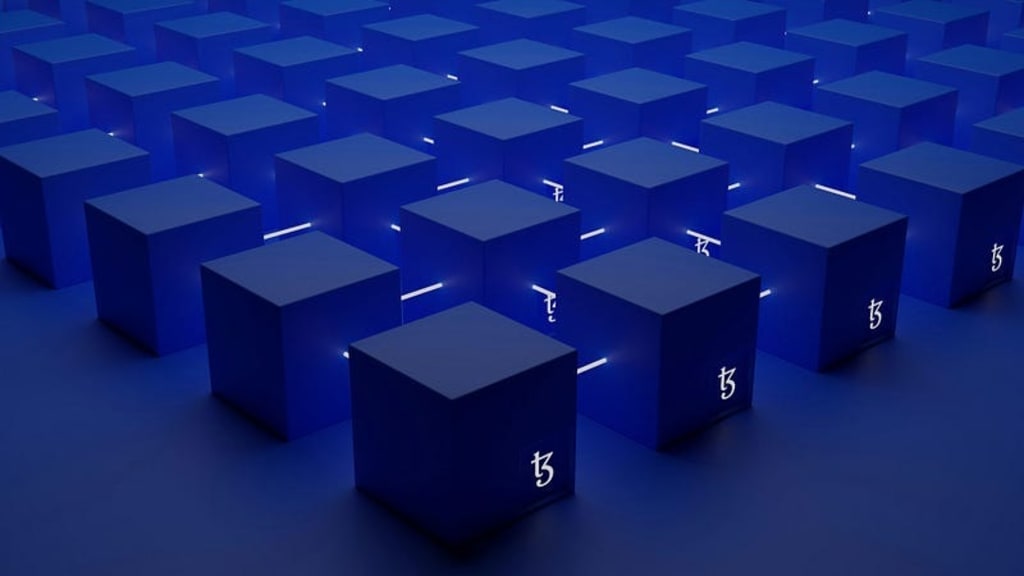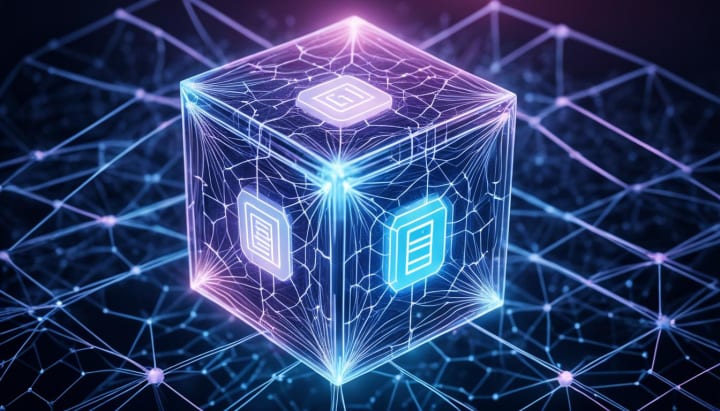
What is Block Chain?
Blockchain functions as a distributed ledger that records transactions on a network of computers known as nodes. Unlike traditional centralized databases, where one entity controls the data, blockchains operate in a decentralized manner. Transactions are grouped into blocks, and these blocks are then linked together in chronological order, creating a chain. Each block contains a reference to the previous block, hence the term "chain." Tampering with one block would necessitate altering subsequent blocks, which is computationally infeasible. The most well-known instance of blockchain is Bitcoin, which introduced the concept in 2008. However, blockchain technology extends well beyond cryptocurrencies.
How it works
The method that enables blockchain miners to reach a consensus with guarantees for the block writing order is termed proof of work or Proof-of-work (PoW). To have a block accepted, the miner must be the first to solve a PoW for the next block in the blockchain. The PoW is a mathematical challenge with adjustable difficulty. Blockchain technology enables the creation of a temporary checkpoint for the state of a dataset, which is easy to verify and hard to alter, all in a decentralized manner. By establishing timestamps periodically and consistently, it can be likened to a clock. This behavior can be useful for creating systems where information can be shared reliably, without relying on a central authority. Thanks to timestamps, the history of the status of specific information can be checked at any time.This ensures that correct and updated information is available at all times.
The Pow process involves identifying a parameter that guarantees a hash value lower than the current grid-established difficulty when hashing the entire block. This means finding a nonce that results in a block hash value starting with a specific number of zeros. Once a transaction is added to a block, it becomes unchangeable. Modifying historical data is extremely difficult due to cryptographic hashing. Each block includes a reference to the preceding block, forming a secure chain. It is not feasible to calculate these values analytically due to the characteristics of the hash function. To obtain a valid block, the miner must employ brute force by testing nonce parameter values until you find a valid one. When a valid one is found, the process of testing values or brute force becomes computationally expensive, which is why this mechanism is referred to as "proof of work."
Security

Blockchains are decentralized, as everyone can access them. Every transaction is kept on file in a public database for everyone to see. This increases public confidence in the system and facilitates record-checking. People find it difficult to lie or cheat on transactions as a result. The data recorded in blocks is encrypted and then distributed among multiple "nodes," making it exceedingly challenging for hackers to alter or compromise the data. Because the blocks are immutable and public, any transaction can be audited and verified by any participant on the network, ensuring the integrity of the information and reducing the likelihood of fraud, as any attempted manipulation becomes visible to everyone.
Vulnerability
Despite the highly secure nature of blockchain technology due to its decentralized structure and data encryption, it is still susceptible to cyber attacks. The integrity of the network could be compromised by potential vulnerabilities like 51% attacks. Additional security measures should be put in place to safeguard the information stored on the blockchain.
Conclusion
Blockchain is a ground-breaking invention that has the power to completely change how digital transactions are handled and confirmed. Although there are obstacles and restrictions associated with it, this technology holds great promise for the digital future due to its capacity to enhance security, transparency, and efficiency across a range of applications.
About the Creator
Enjoyed the story? Support the Creator.
Subscribe for free to receive all their stories in your feed. You could also pledge your support or give them a one-off tip, letting them know you appreciate their work.





Comments
There are no comments for this story
Be the first to respond and start the conversation.